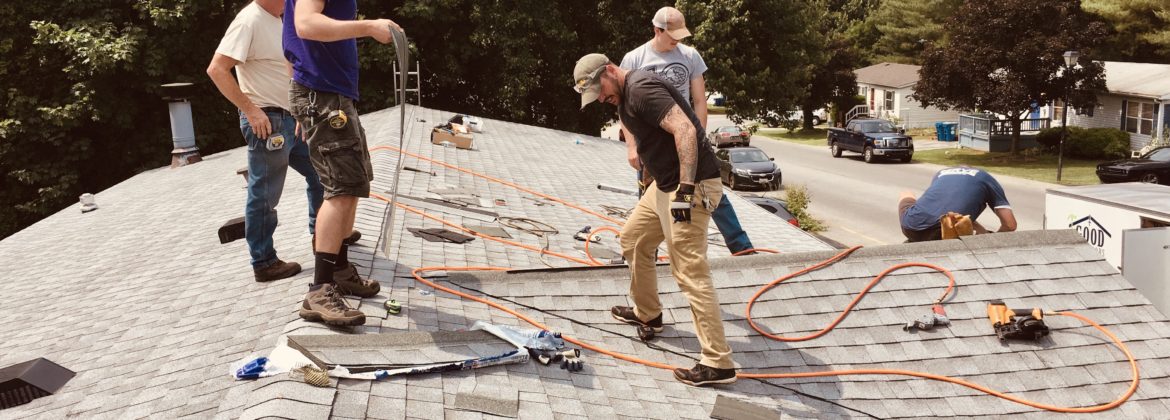
Welcome!... Proof Of Quality Is On The Roof.
Home repairs are normal, but they can quickly become a nightmare if you don’t see them coming. Some roofing repairs, for instance, are detected way too late after too much damage happens.
Many homeowners might not climb up their roofs often to look for signs of damage. In fact, some homeowners only schedule repairs when they can no longer ignore a problem.
But you can save a ton of money if you address roof damage on time. Below are four main roof problems to watch out for and avoid any unnecessary costs.
1. Cracked Shingles
Roofing shingles are vulnerable to splits, blistering, and cracks that are expensive to repair. Common damage triggers may include:
· Extreme weather conditions. Strong winds can force the shingles off your roofing structure and expose your roof to more serious damage.
· Poor installation. Shingles need to be secured firmly in place along the edges. With poor installation, they can easily loosen over time.
If your roof has cracked singles, nothing can stop moisture from leaking through your roof. Roofing leaks not only damage your home’s structure but also encourage mold growth in your home. Water damage can cause wooden structures to rot and get weaker with time. In addition, harmful mold is a constant health hazard for you and everyone in your household.
Don’t risk inevitable water damage from cracked shingles. Luckily, your roofing expert can easily identify damaged roofing shingles during routine inspections.
2. Shrinking Roof
Your roofing membrane might shrink over time due to poor installation or the effects of harsh weather. Unfortunately, your roof can develop worse issues if you don’t address roof shrinkage as soon as possible. Your roof could deteriorate, crack, or lose its resilience against harsh conditions.
Frequent weather temperature variations can significantly strain your roofing material. As a result, your roof may gradually pull away. This problem might be worse if your roof wasn’t correctly installed.
If you can identify a shrinking roof early, you can avoid potentially high repair costs. Check the areas where your roof joins with the flashing for any gaps or signs of shrinkage.
Alternatively, schedule regular roofing inspections to stay ahead of any shrinkage problems. An experienced roofing contractor can provide solutions to keep shrinkage problems at bay and help your roof lasts longer.
3. Deteriorated Flashing
Your roof’s flashing material works as a seal for any terminated sections of your roof, often near penetrations, drains, and roof edges. Flashings block any openings on your roof where water could easily leak through.
Your roof’s flashing can deteriorate due to oxidation effects and weather conditions. Regular roof inspections can help identify damaged flashing early before it creates other complicated issues.
Your roofing contractor may examine your flashing to check for any obvious cracks. They may suggest a replacement depending on the extent of the damage. Your roofing contractor may also need to remove the nearby shingles to ensure a proper flashing installation, so be sure to get the right help.
4. Clogged Gutters
Clogged gutters can be a huge problem, especially for homes with tall trees close by. Dead leaves may fall off from such trees and block your gutters. As a result, rainwater may fail to drain off properly and may even back up to your roof. The roof might suffer extensive structural damage if water doesn’t drain off completely.
Routine roof checks can be a huge help to protect against unexpected gutter issues. Your roofing contractor may also advise on effective ways to avoid clogged gutters, including screens that cover your gutter openings.
You shouldn’t ignore any of these roofing issues. If you suspect a problem with your roof, contact Blue Tower Construction for a further professional diagnosis.


Leave A Comment